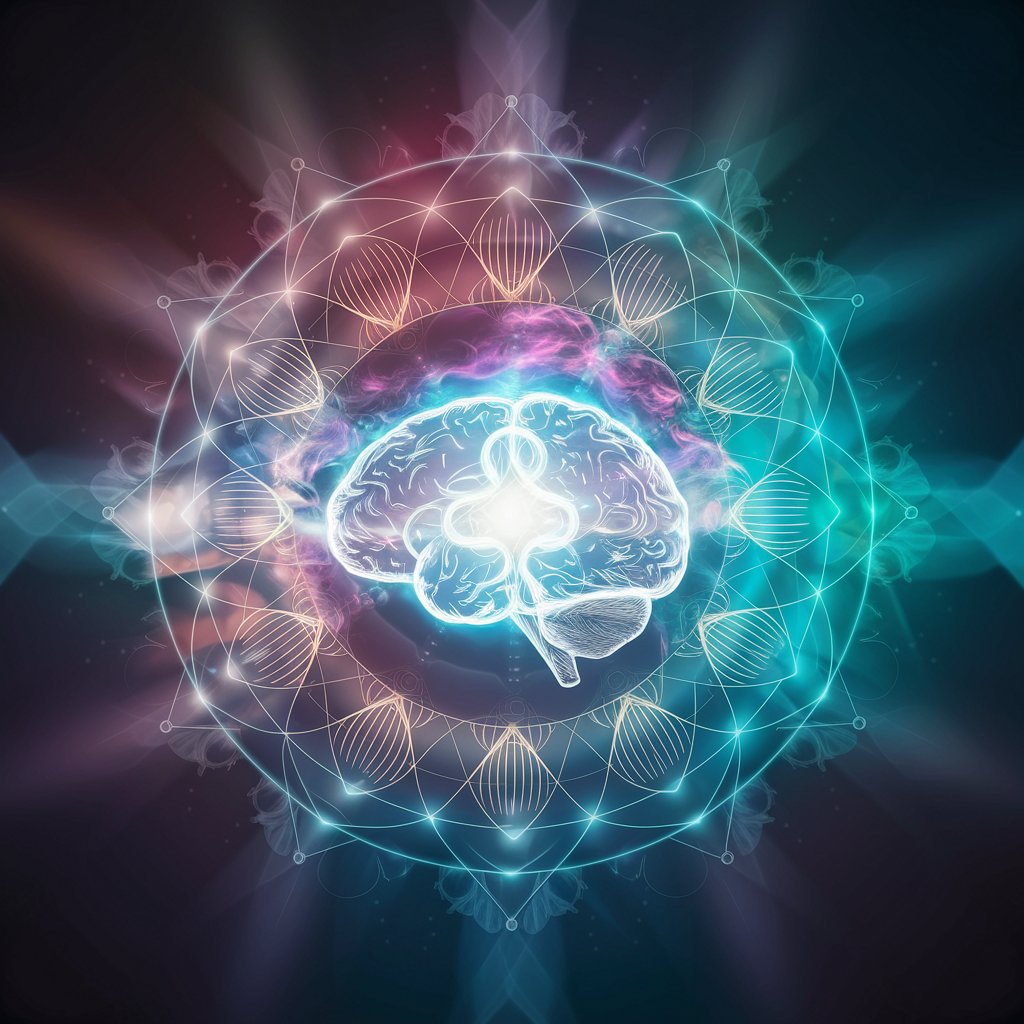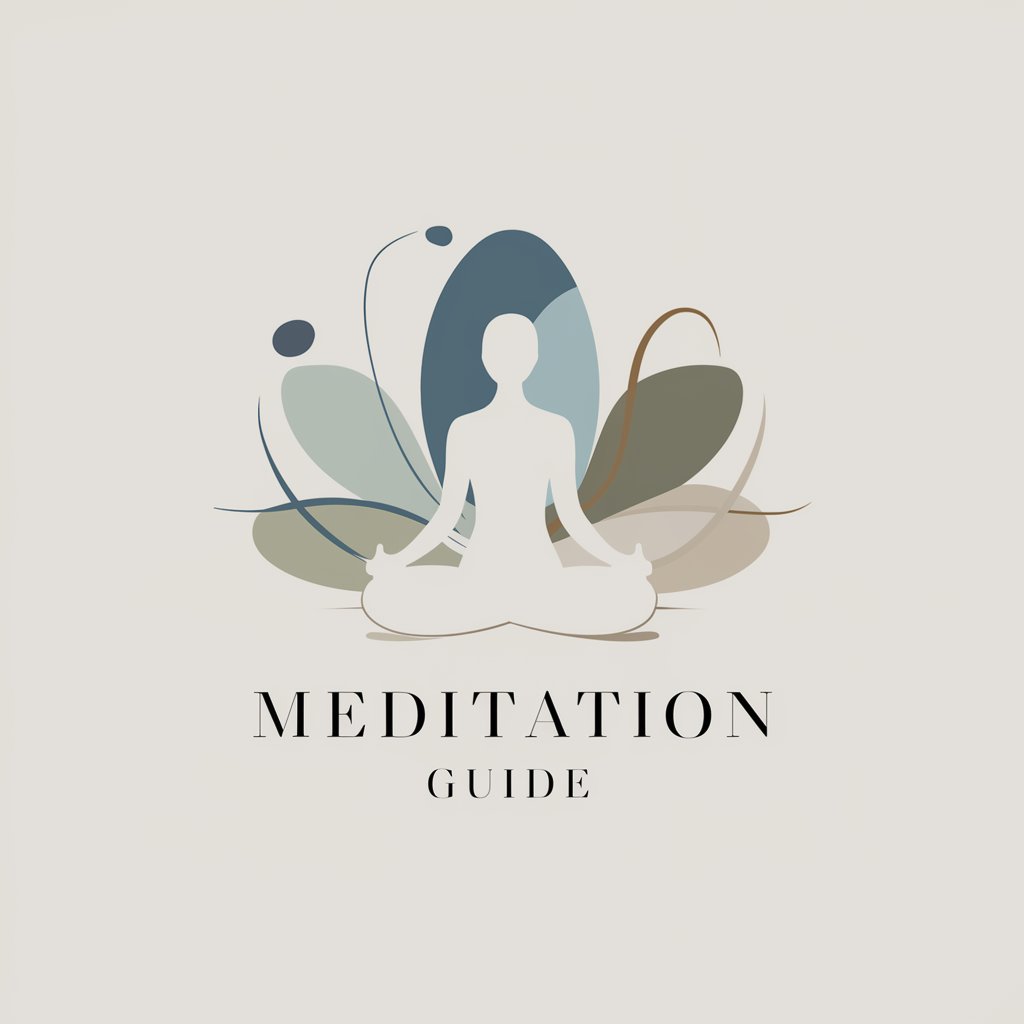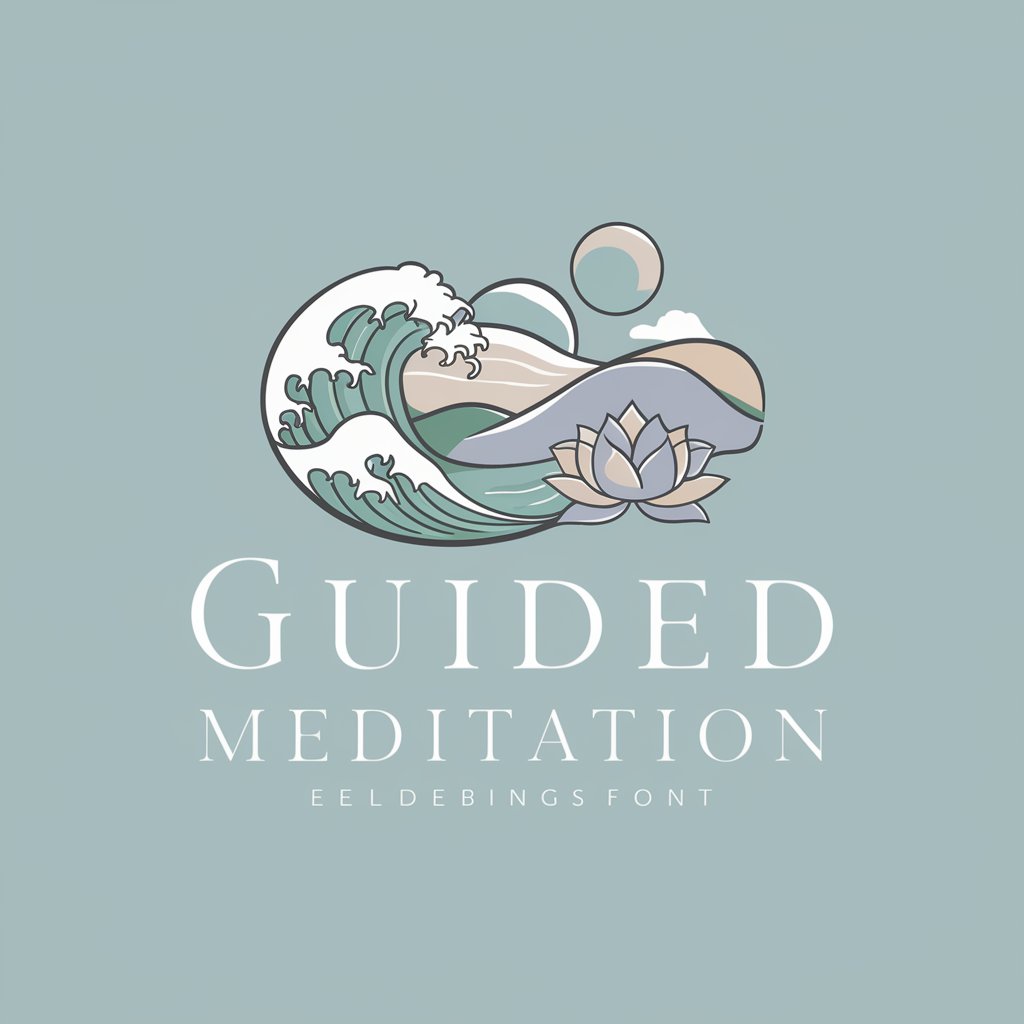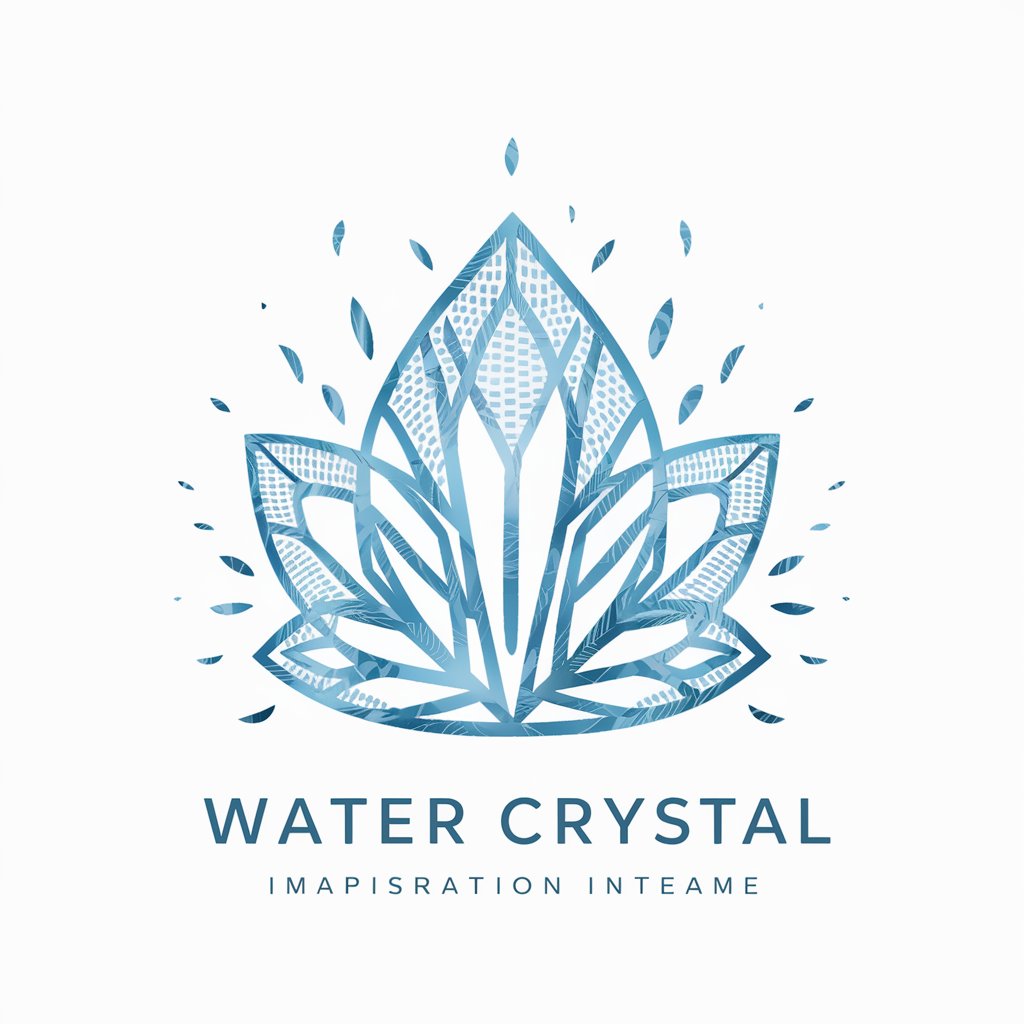
Guided Visualization - Engaging Visualization Guide
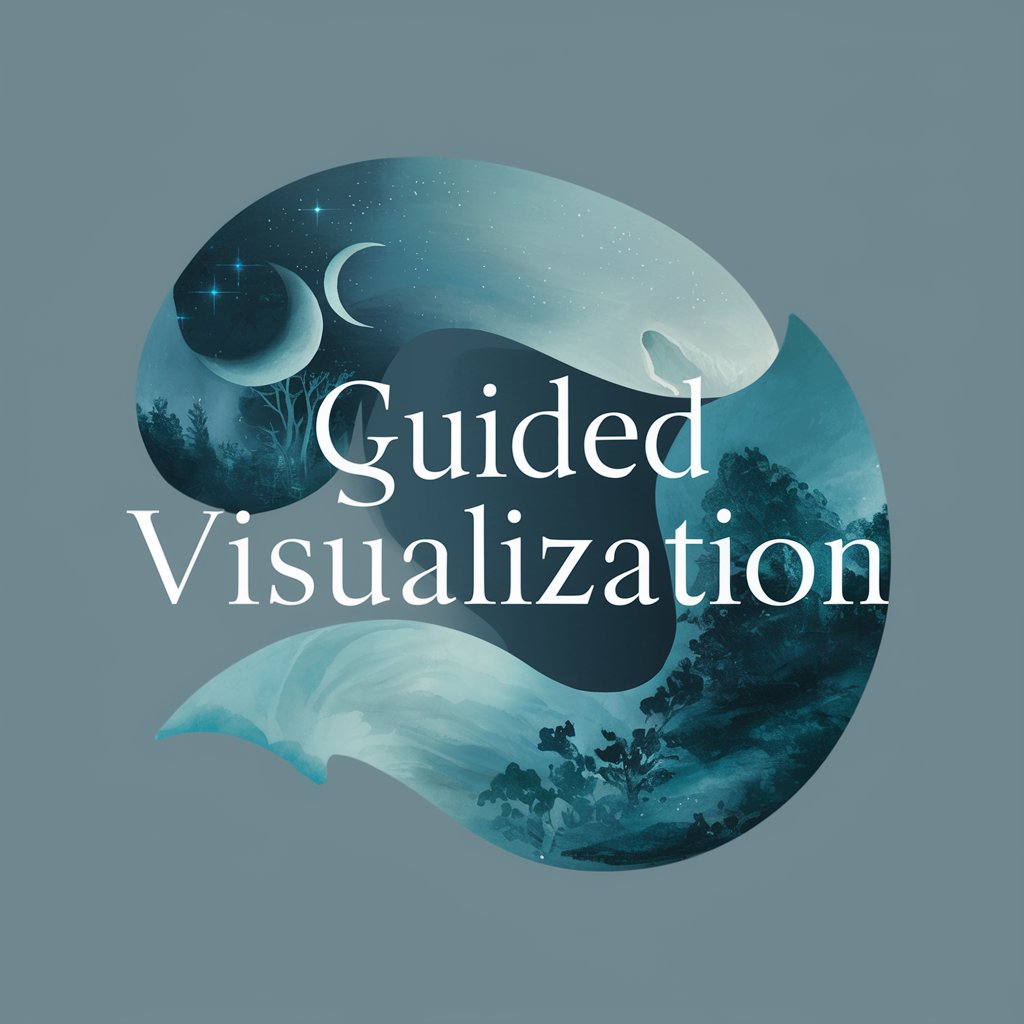
Welcome to Guided Visualization. Take a deep breath and let's begin.
Imagine, Achieve with AI-Powered Visualization
Imagine yourself standing at the edge of a serene forest, the air filled with the scent of pine...
Envision a tranquil beach at sunset, the sky painted with hues of orange and pink as waves gently lap the shore...
Picture a majestic mountain peak, the crisp air and panoramic views bringing a sense of awe and peace...
Visualize floating in a peaceful space, surrounded by stars and the gentle hum of the cosmos...
Get Embed Code
Introduction to Guided Visualization
Guided Visualization, often associated with mental imagery, is a technique that involves the use of directed thoughts and suggestions to imagine and 'see' a scenario in the mind's eye. This practice is designed to harness the power of the mind to influence physical and emotional well-being, enhance performance, and achieve specific life goals. The fundamental premise is that the brain can be trained to affect positive changes in one's life or enhance one's abilities through vivid mental imagery. For example, athletes might use guided visualization to envision themselves winning a race, experiencing the physical sensations and emotions associated with the event, to improve their performance. Similarly, a person with anxiety might use this technique to visualize themselves handling a stressful situation calmly and confidently, thereby reducing their anxiety in real-life situations. Powered by ChatGPT-4o。

Main Functions of Guided Visualization
Stress Reduction and Relaxation
Example
A guided visualization session leading an individual through a peaceful forest, focusing on the sounds of nature, the coolness of the air, and the sensation of walking on a soft path.
Scenario
Used in a therapeutic setting or as a self-help tool, this function helps individuals to manage stress, anxiety, and promote relaxation.
Performance Enhancement
Example
An athlete visualizes the entire process of competing in their event, from warming up to the execution of specific skills and ultimately succeeding.
Scenario
This is often used in sports psychology to enhance athletic performance by improving focus, confidence, and reducing performance anxiety.
Healing and Pain Management
Example
A person visualizes their body healing from an injury or illness, focusing on the affected area and imagining a healing light or process taking place.
Scenario
Used in medical settings and holistic wellness practices to promote healing, reduce perceptions of pain, and support overall physical health.
Personal Development and Goal Achievement
Example
An individual visualizes achieving a personal goal, such as giving a successful presentation, focusing on the details of the experience and the positive feedback received.
Scenario
This function is applied in personal coaching, self-improvement, and educational contexts to build skills, confidence, and achieve personal or professional goals.
Ideal Users of Guided Visualization Services
Athletes and Sports Professionals
Athletes use guided visualization to enhance their performance, focus, and mental preparation for competitions. This technique helps them to rehearse successful outcomes and manage competition-related anxiety.
Individuals Seeking Stress Relief and Mental Well-being
People suffering from stress, anxiety, or other mental health issues may find guided visualization a helpful tool to induce relaxation, improve mood, and foster a sense of peace.
Patients in Recovery or Dealing with Chronic Pain
Individuals recovering from surgery, injuries, or dealing with chronic pain conditions can use guided visualization to promote healing, manage pain perception, and maintain a positive outlook towards recovery.
Professionals and Students
This group utilizes guided visualization for personal development, skill enhancement, and achieving specific career or educational goals, such as public speaking, interviews, or exams.

Guided Visualization Usage Guidelines
Start Your Journey
Begin by accessing yeschat.ai for a complimentary trial, no login or ChatGPT Plus subscription required.
Set Your Objective
Clearly define your purpose for using Guided Visualization, whether it's for relaxation, problem-solving, creativity enhancement, or learning.
Choose Your Guide
Select from a range of guided visualization scripts or tools tailored to your specific goal. Opt for scenarios that resonate with your objectives and preferences.
Engage Fully
Immerse yourself in the experience. Ensure a quiet, comfortable space, use headphones for audio-guided sessions, and allow yourself to be fully present and focused.
Reflect and Apply
After the session, spend some time reflecting on the experience. Jot down insights, feelings, and ideas that emerged, and consider how you can apply these revelations to your real-life situations.
Try other advanced and practical GPTs
Bro-alizer
Transform Texts with AI-Powered Style
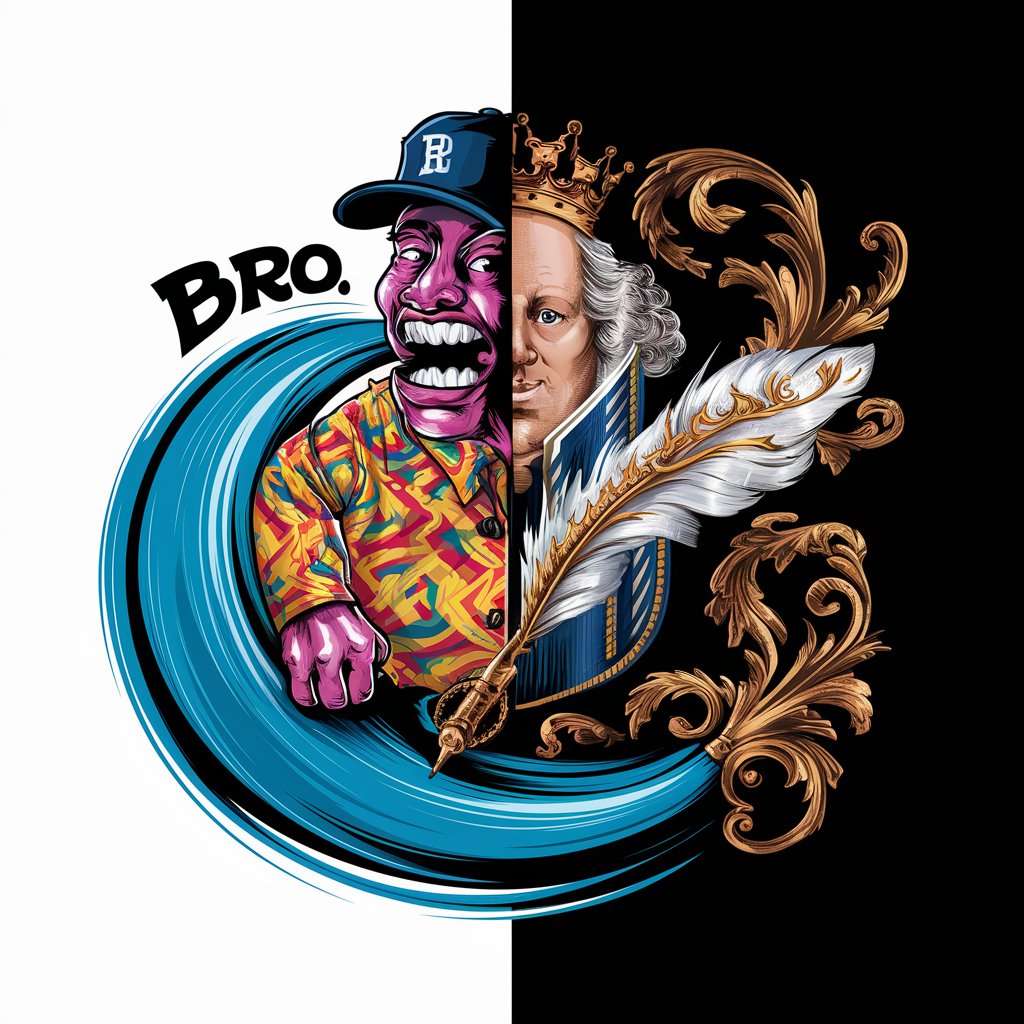
Photonics Scholar for Academic Editing
Empowering Photonics Research with AI
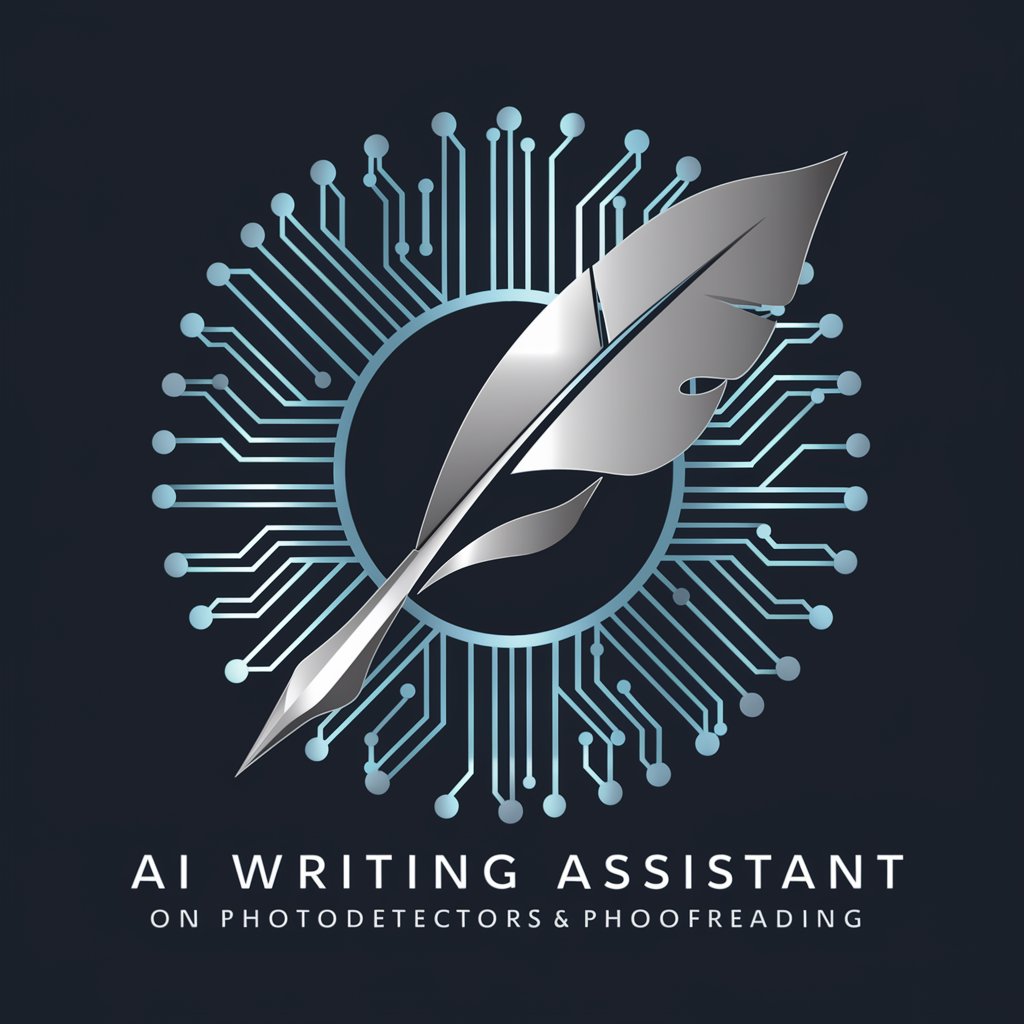
FullStack React Startup
Elevate Your React Projects with AI Insights

Assembly Prodigy
Empowering Assembly Language Mastery with AI

Pitchifly
Elevate Your Music with AI-Powered Pitches

Family Nurturer Guide
Empowering families with AI-driven guidance.

Tappstr Elevator Pitch Generator
AI-Powered, Persuasive Pitch Crafting
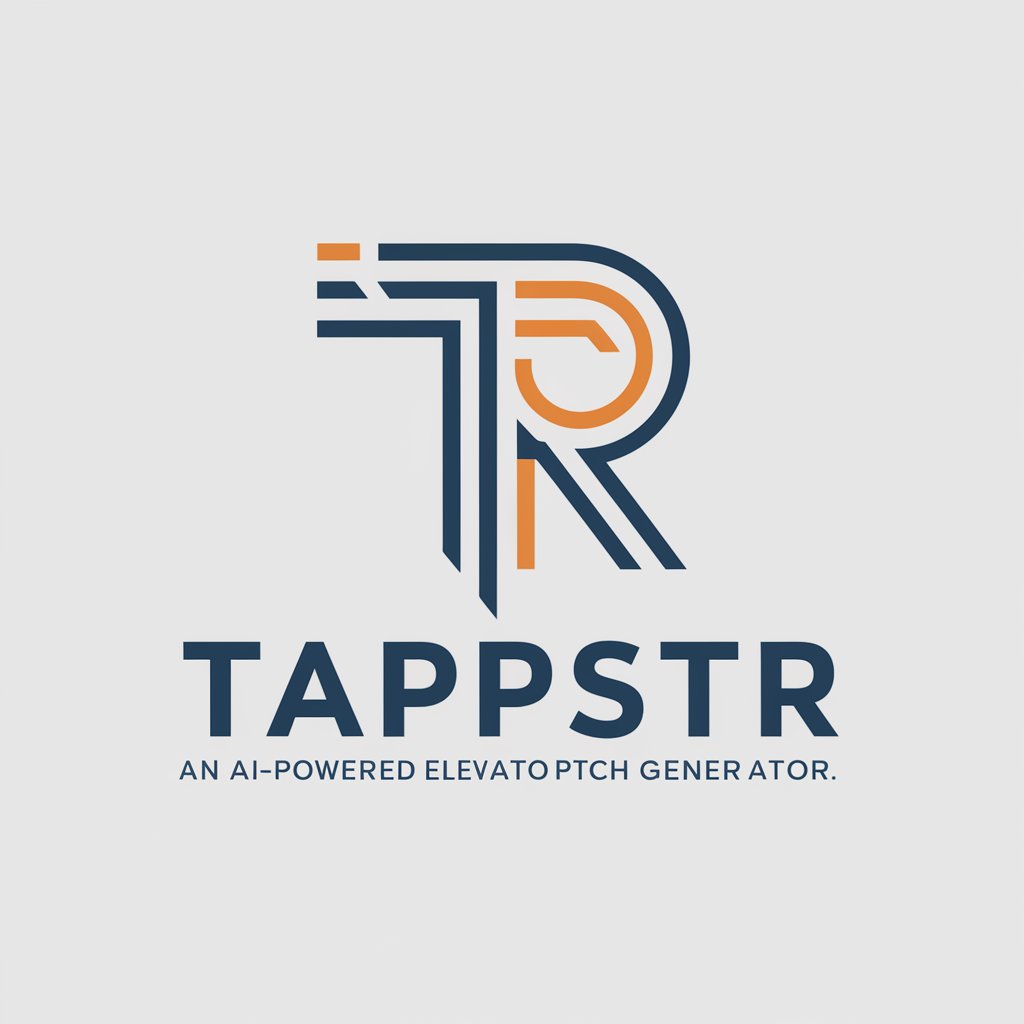
Jarvis the Tech-Savvy Business Mentor
AI-Powered Business Strategy Expertise
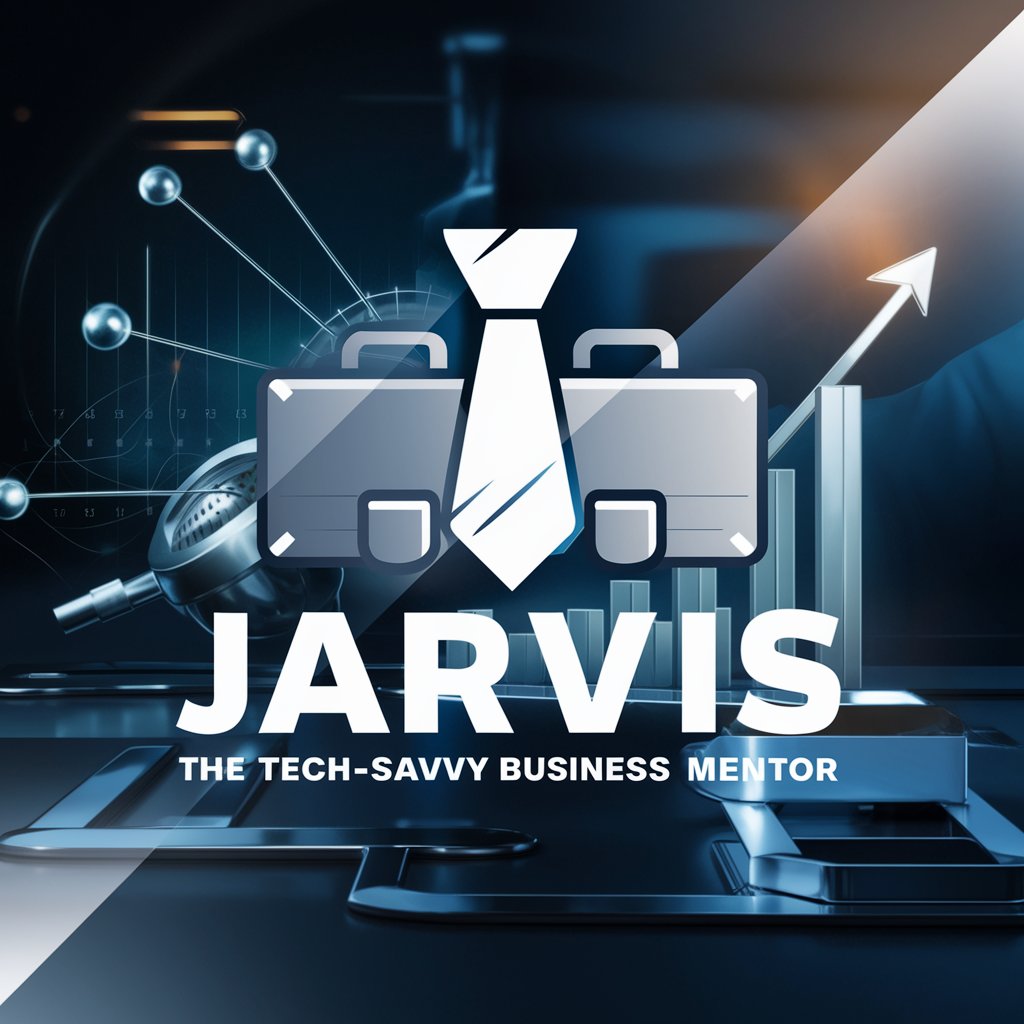
MyCryptoBot
AI-Powered Cryptocurrency Insights

Pixel Pal
Your Personal AI-powered Entertainment Guide
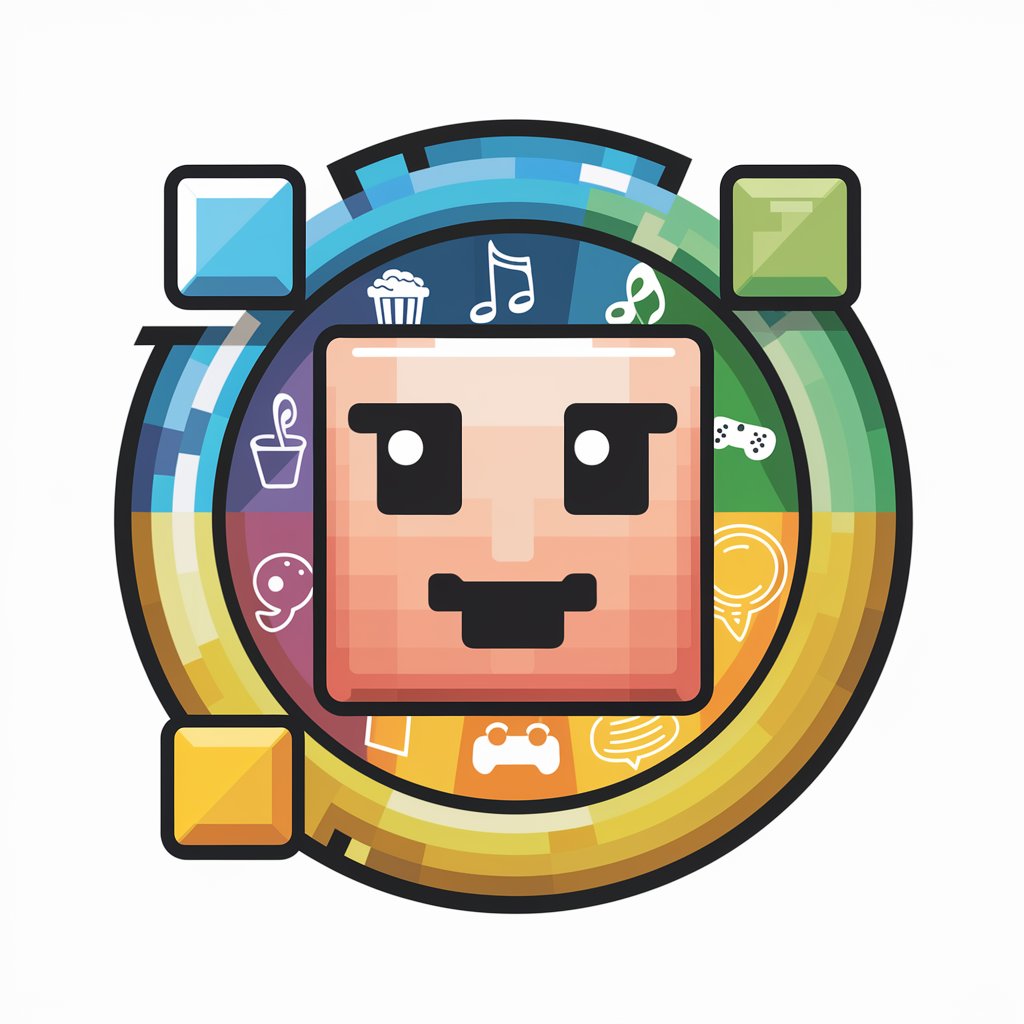
AthleteWorld
Elevate Your Game with AI-Powered Coaching
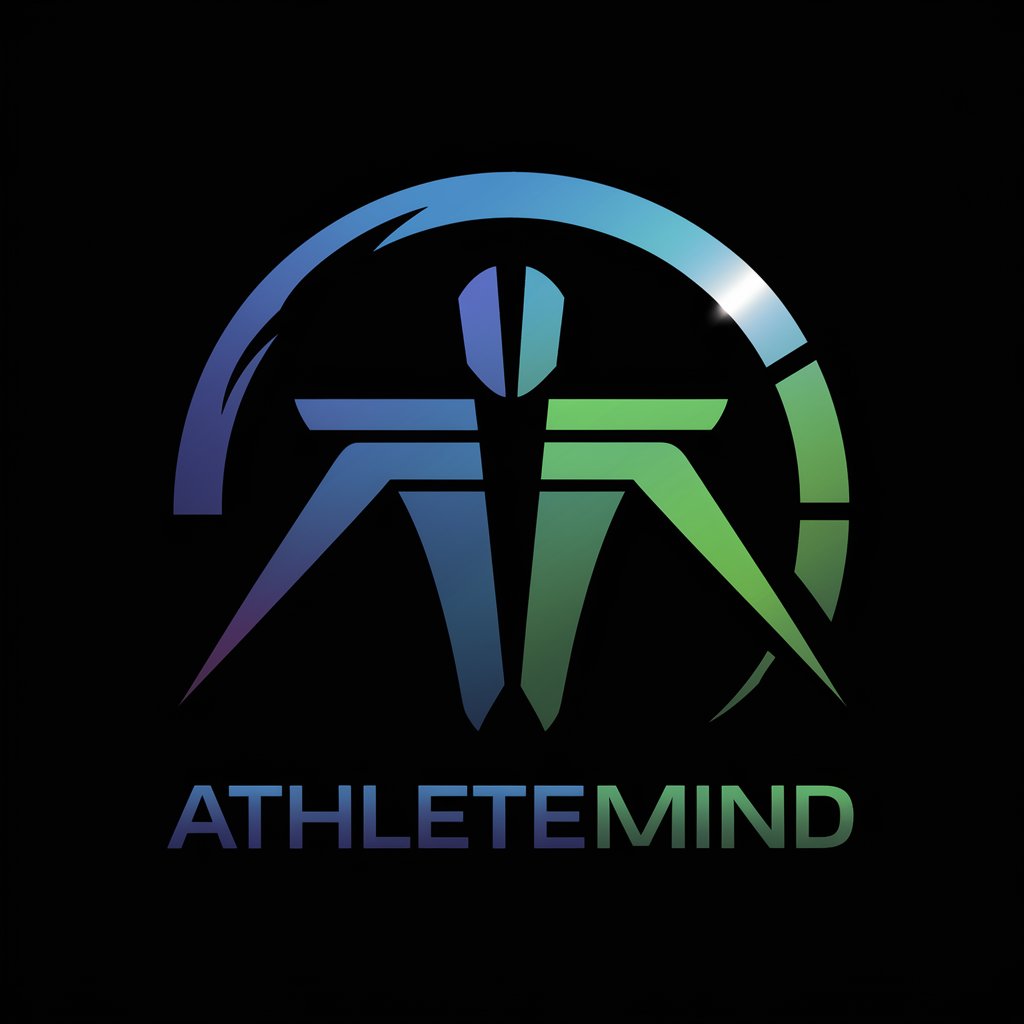
Grumpy Kid
Practice patience with AI-powered child simulation.

Guided Visualization FAQs
What is Guided Visualization and how can it benefit me?
Guided Visualization is a technique that involves using descriptive language and prompts to help you imagine and 'see' a scenario in your mind's eye. It's used for stress reduction, creativity enhancement, skill development, and personal insight. It taps into the brain's inherent ability to imagine and visualize, promoting relaxation, focus, and motivation.
Can Guided Visualization improve my mental health?
Yes, Guided Visualization can significantly contribute to mental well-being. It's known to reduce stress, anxiety, and depression, promote relaxation, and improve mood by encouraging positive thinking and perspective shifting.
Are there specific times or settings most suitable for practicing Guided Visualization?
While Guided Visualization can be practiced at any time, it's most effective in a quiet, comfortable setting where you won't be disturbed. Many find it beneficial to practice in the morning to set a positive tone for the day or in the evening to unwind and de-stress.
How long does a typical Guided Visualization session last?
The duration can vary based on your personal preference and the specific guide you're following. Sessions can be as short as five minutes or as long as an hour. It's more important to focus on the quality of your engagement rather than the length of time.
Do I need any special equipment to practice Guided Visualization?
No special equipment is necessary. However, using headphones can enhance audio-guided sessions, and a quiet, comfortable space can help maintain focus and prevent distractions.
